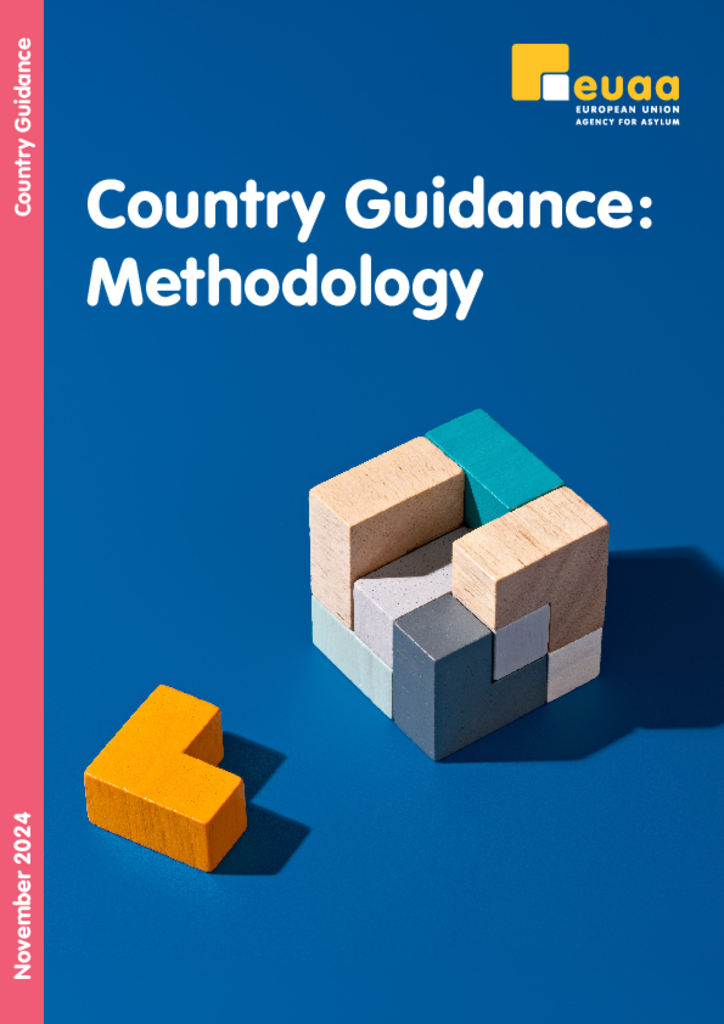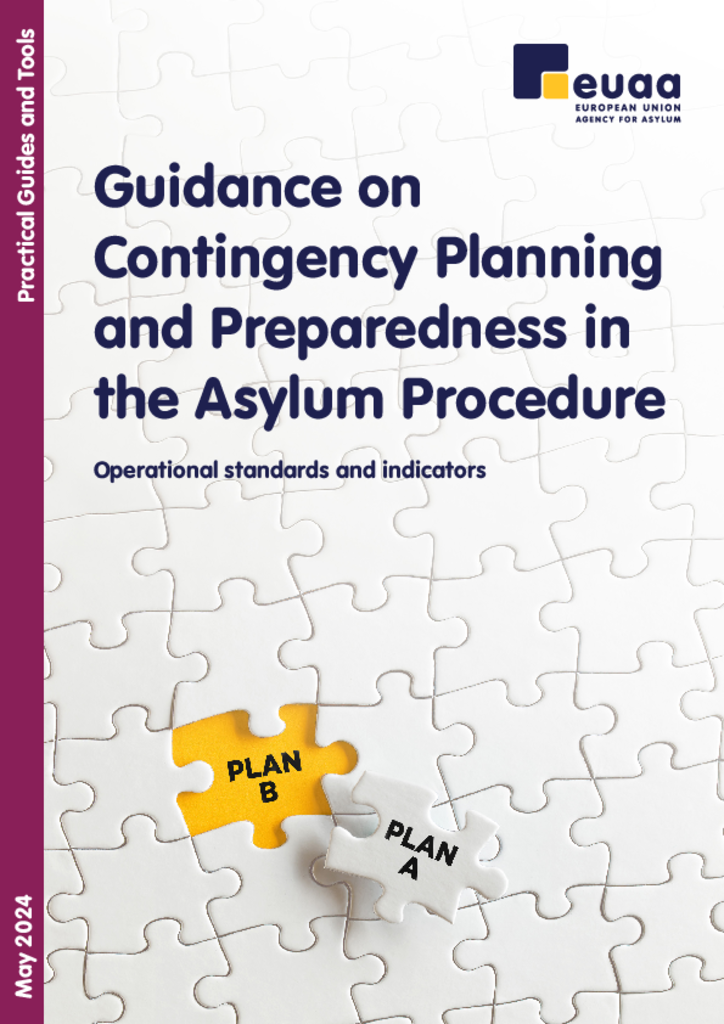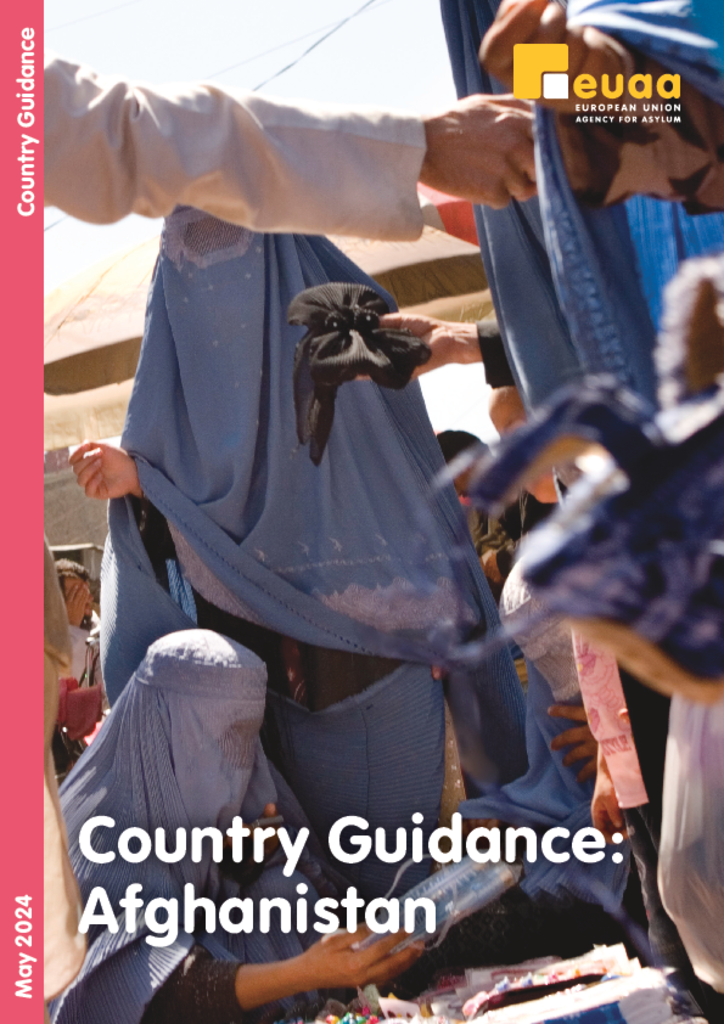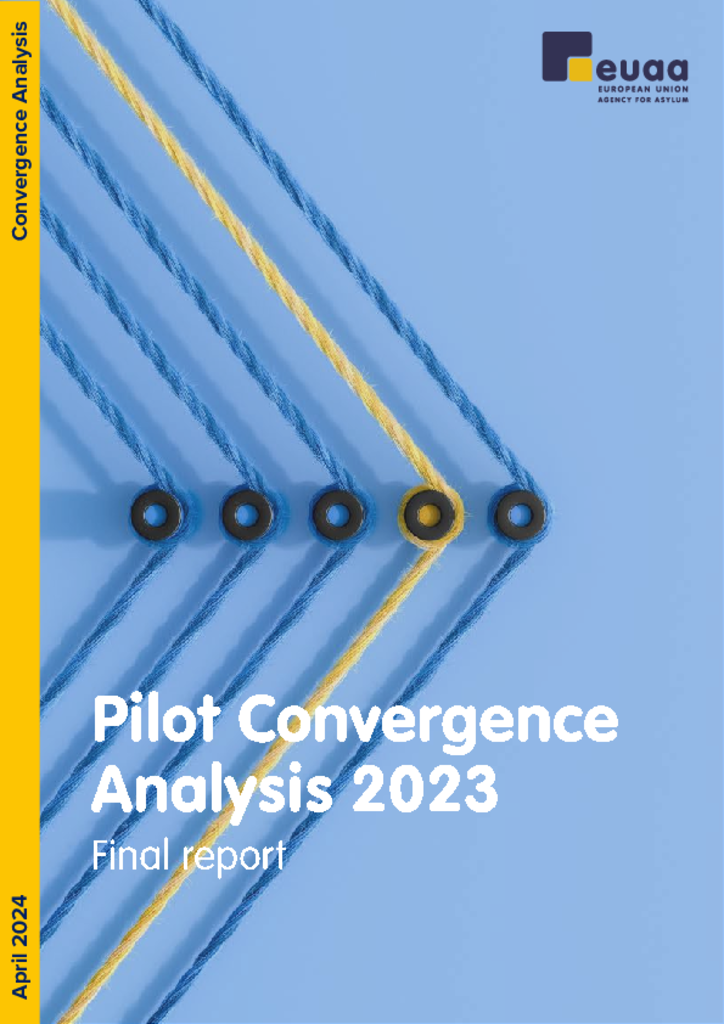Publications
Country Guidance: Explained
This updated document outlines the general guidance and methodological framework, on which the EUAA country guidance documents are based. The country-specific common analysis and guidance notes should be read in conjunction with the 'Country Guidance: explained'.
Thematic Workshops Based on the EUAA Practical Guides and Tools
Catalogue of workshops delivered by the Asylum Processes Sector
This catalogue presents current workshops based on EUAA practical guides and tools that are delivered to the EUAA Asylum Support Teams and to staff of asylum administrations. Additional workshops can be organised on other topics depending on the needs identified.
Country Guidance: Iran
This country guidance document provides an in-depth analysis of the situation in Iran, focusing on the key elements of qualification for international protection.
Country Guidance: Iraq
This country guidance document provides an in-depth analysis of the situation in Iraq, focusing on the key elements of qualification for international protection.
Country Guidance: Methodology
This methodology encompasses the development, review and update of country guidance.
Guidance on Contingency Planning and Preparedness in the Asylum Procedure
Operational standards and indicators
This guidance provides operational standards and indicators on contingency planning in the asylum procedure in order to help EU+ countries to build or review their national contingency plans based on the proposed standards
Country Guidance: Afghanistan
This country guidance document provides an in-depth analysis of the situation in Afghanistan, focussing on the key elements of qualification for international protection.
Pilot Convergence Analysis
This report presents the main findings of the study on convergence, as conducted by the EUAA with the support of EU+ countries. The study focuses on the main factors leading to variations in recognition rates as well as on measures to achieve greater convergence.








